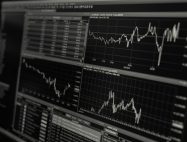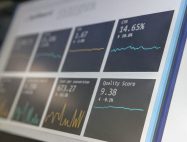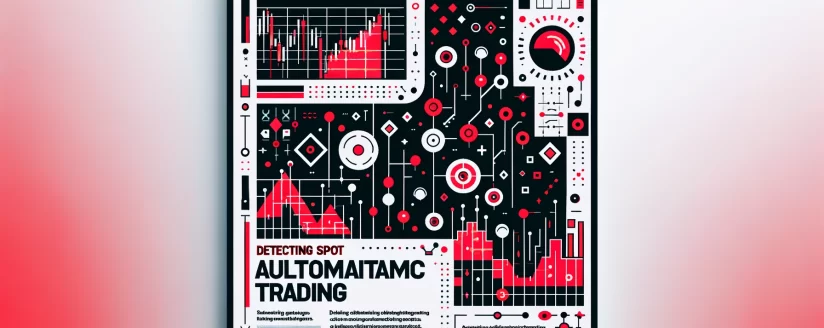In the ever-evolving landscape of trading, algorithmic activity plays a significant role, often leaving individual traders wondering if they’re competing against unseen automated forces. This article dives into the world of spot algorithmic trading, offering insights into how traders can detect algorithmic activity and outmaneuver these automated systems.
Understanding Algorithmic Trading
Algorithmic trading involves using computer programs to execute trades based on predefined criteria. While it can streamline the trading process, it also introduces challenges for individual traders, who might find themselves up against sophisticated algorithms, often employed by large financial institutions.
Detecting Algorithmic Activity
The key to successful trading in a market influenced by algorithms is to recognize their presence and understand their behavior. One effective approach is to monitor specific patterns and indicators that suggest algorithmic activity. These could include unusual volume spikes, rapid price changes, or patterns that seem too perfect to be random.
Tactics to Outsmart Algorithmic Trading
- Recognize Automated Patterns: Learn to identify signs of algorithmic trading, like repetitive patterns or sudden market movements without apparent cause.
- Adapt Your Strategy: Modify your trading strategy to account for algorithmic behaviors. This might involve avoiding times of high algorithmic activity or using strategies that are less predictable to automated systems.
- Utilize Advanced Tools: Consider using advanced trading platforms and tools that can analyze market data for signs of algorithmic activity. For instance, NinjaTrader charts can provide valuable insights.
Case Study: Double Cross Double Move Strategy
A practical example of adapting to algorithmic trading is the “double cross double move” strategy. This involves identifying a specific pattern on the trading chart – two consecutive crosses, ideally following a period of consolidation. The strategy includes setting precise stop-loss and target points, allowing for calculated and timely trade execution.










